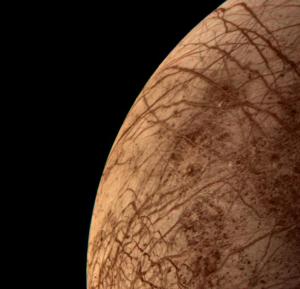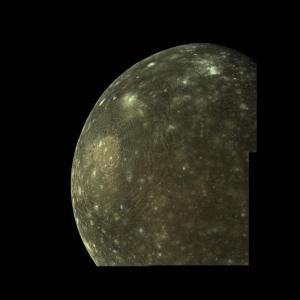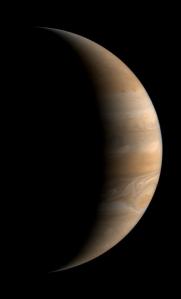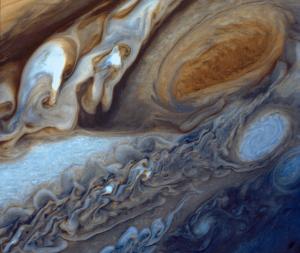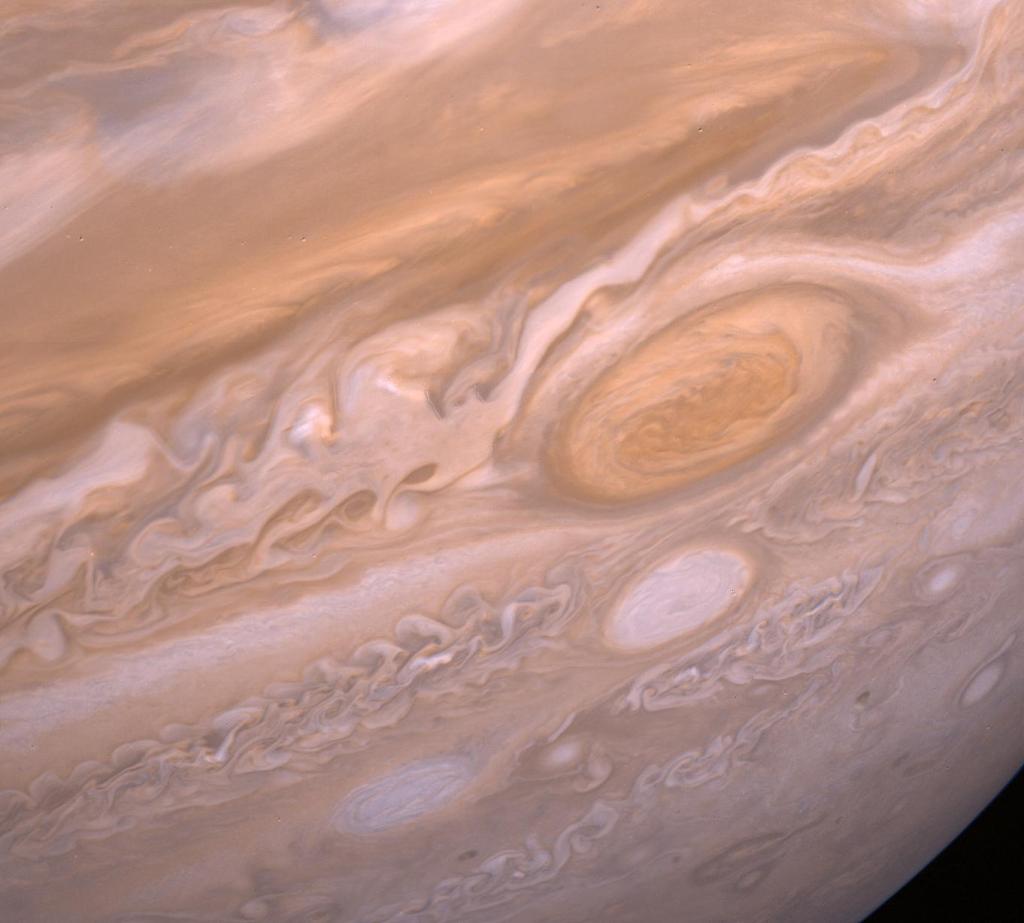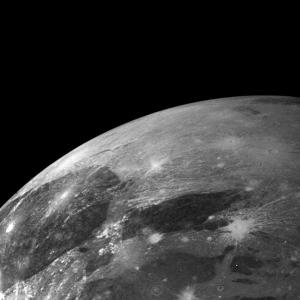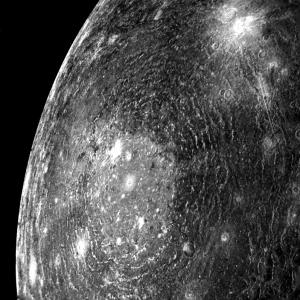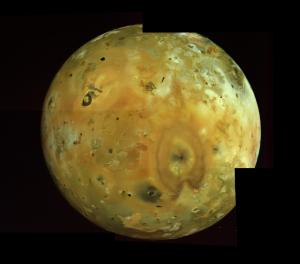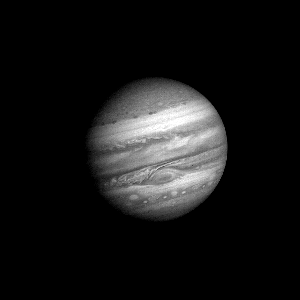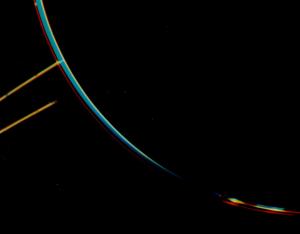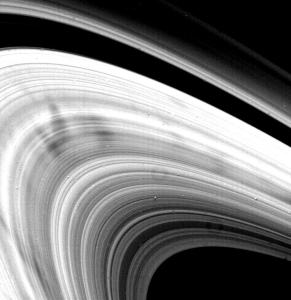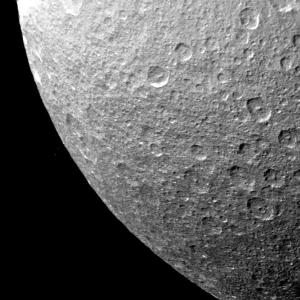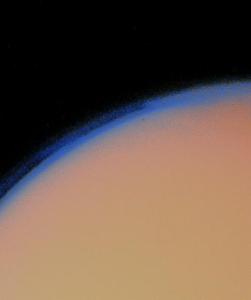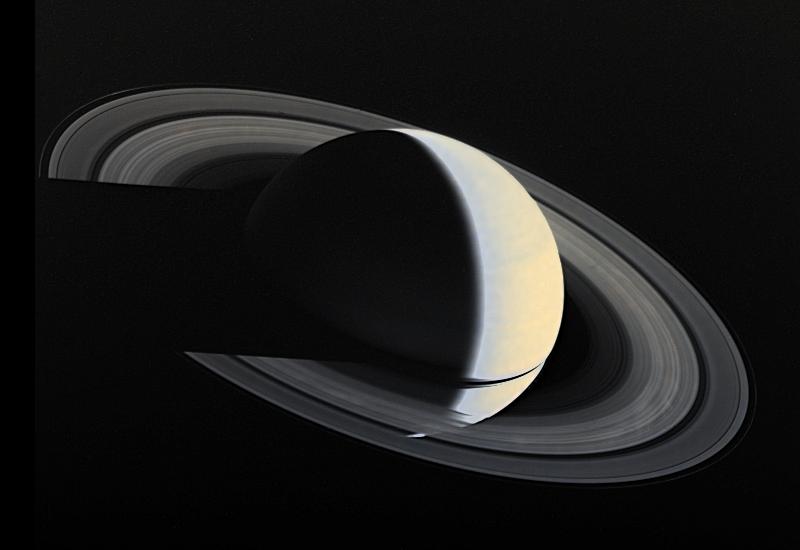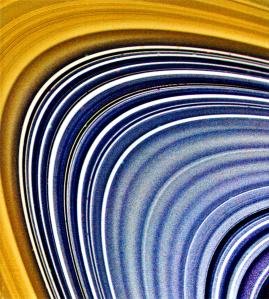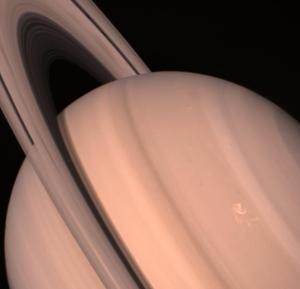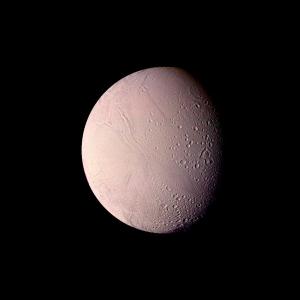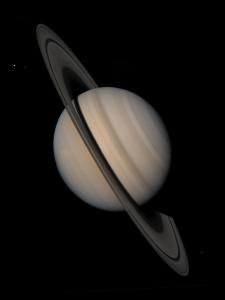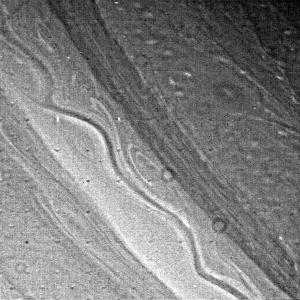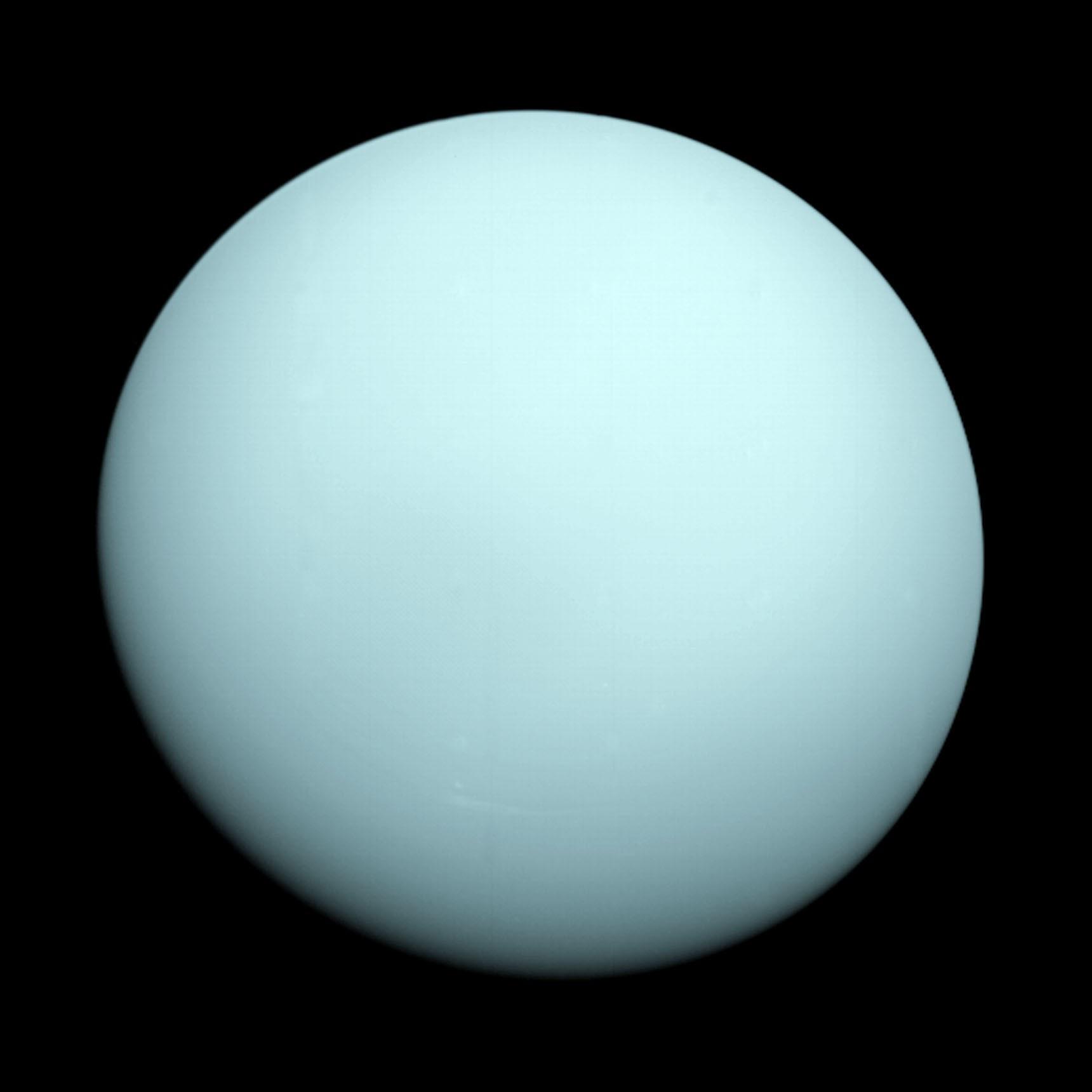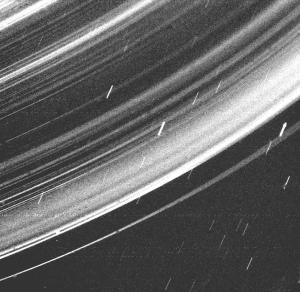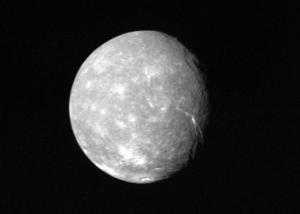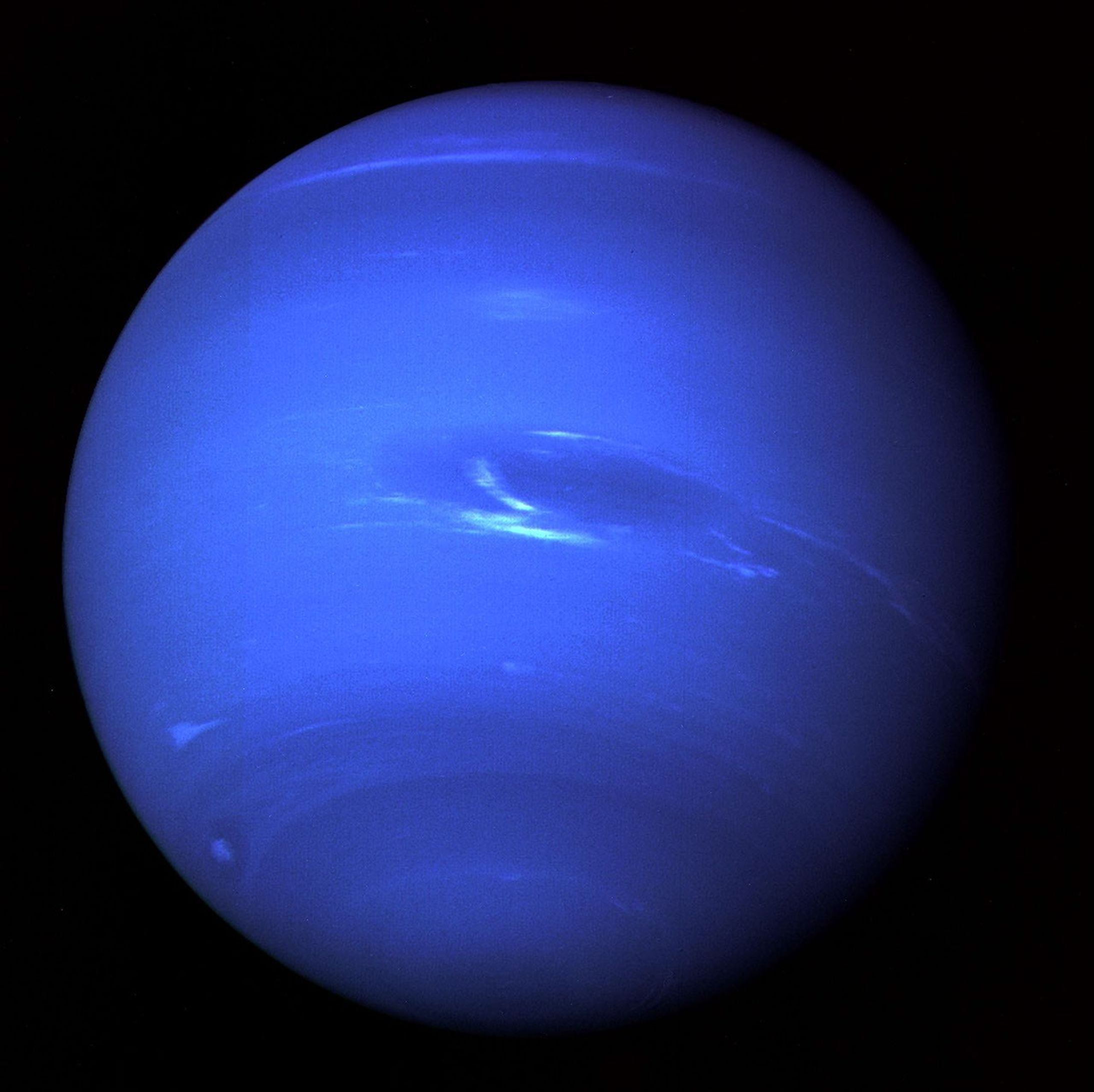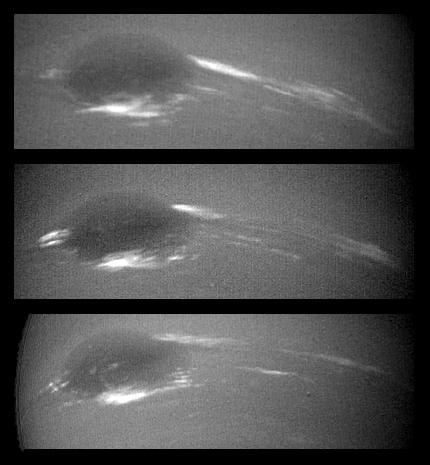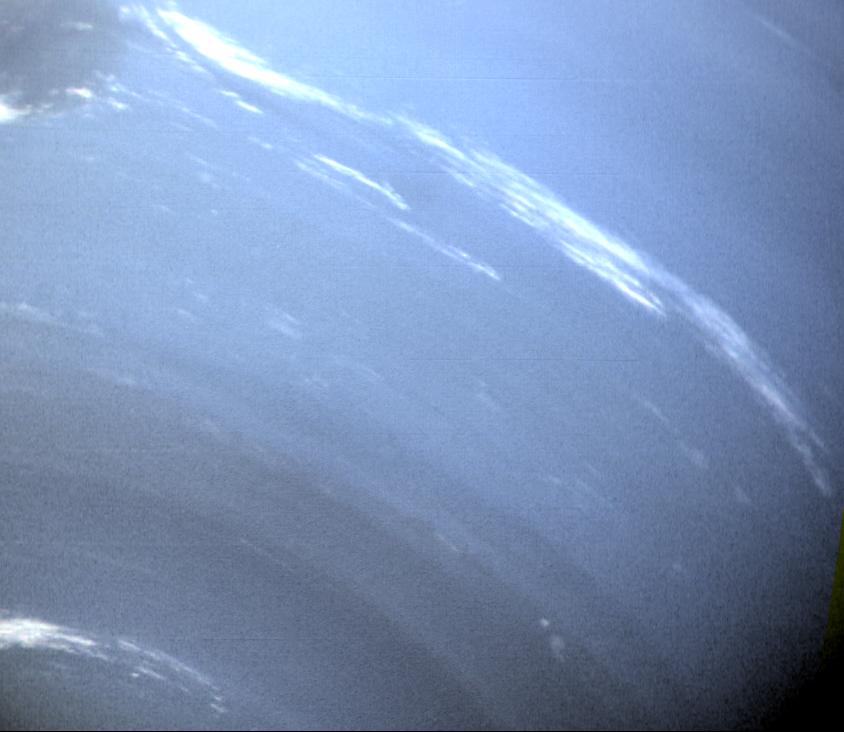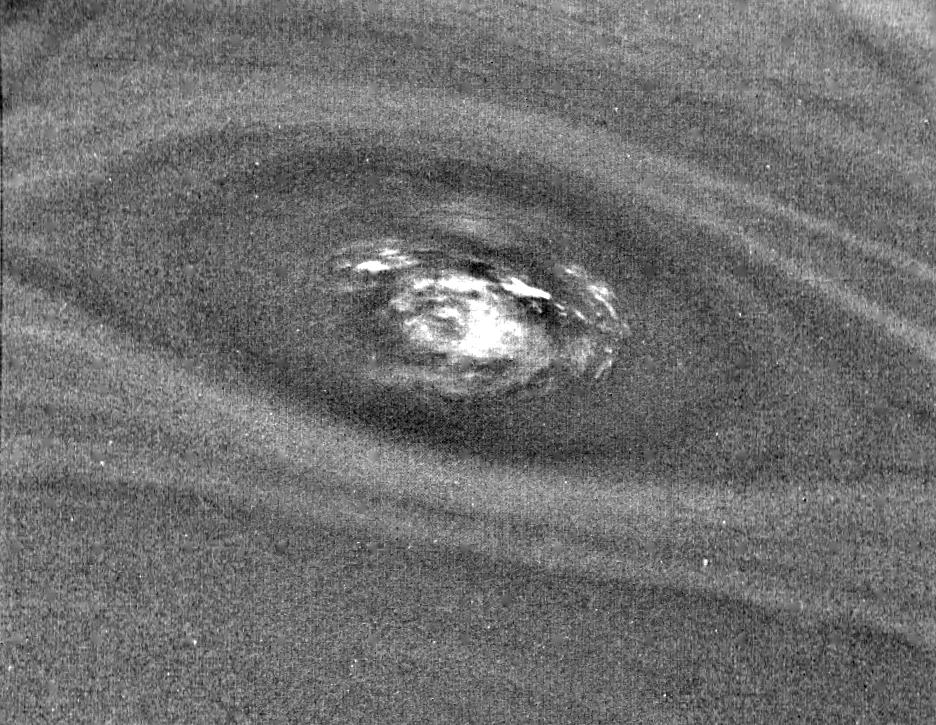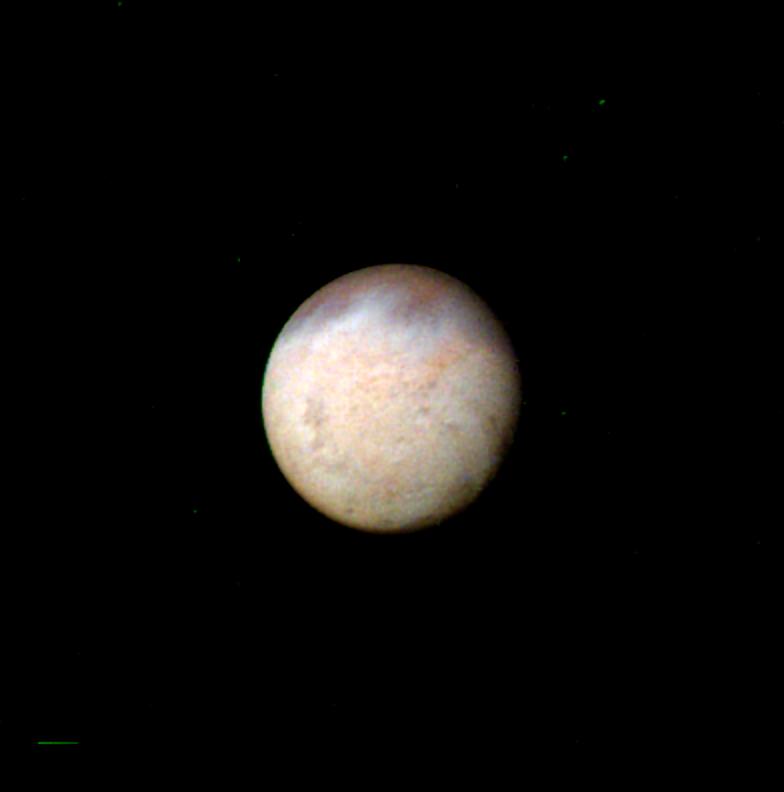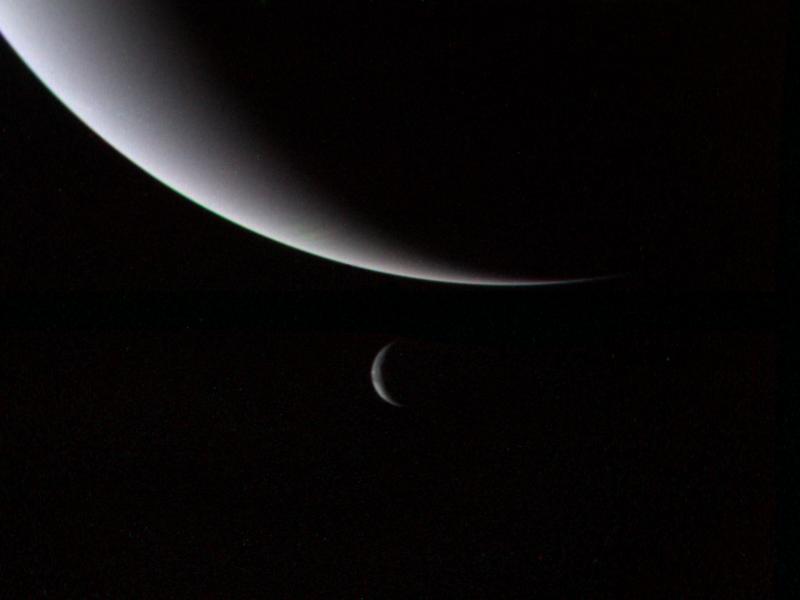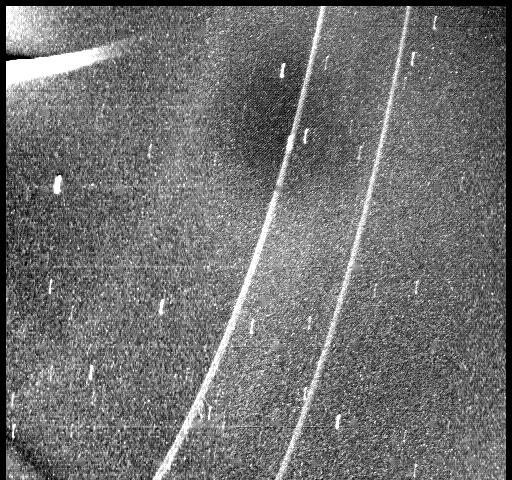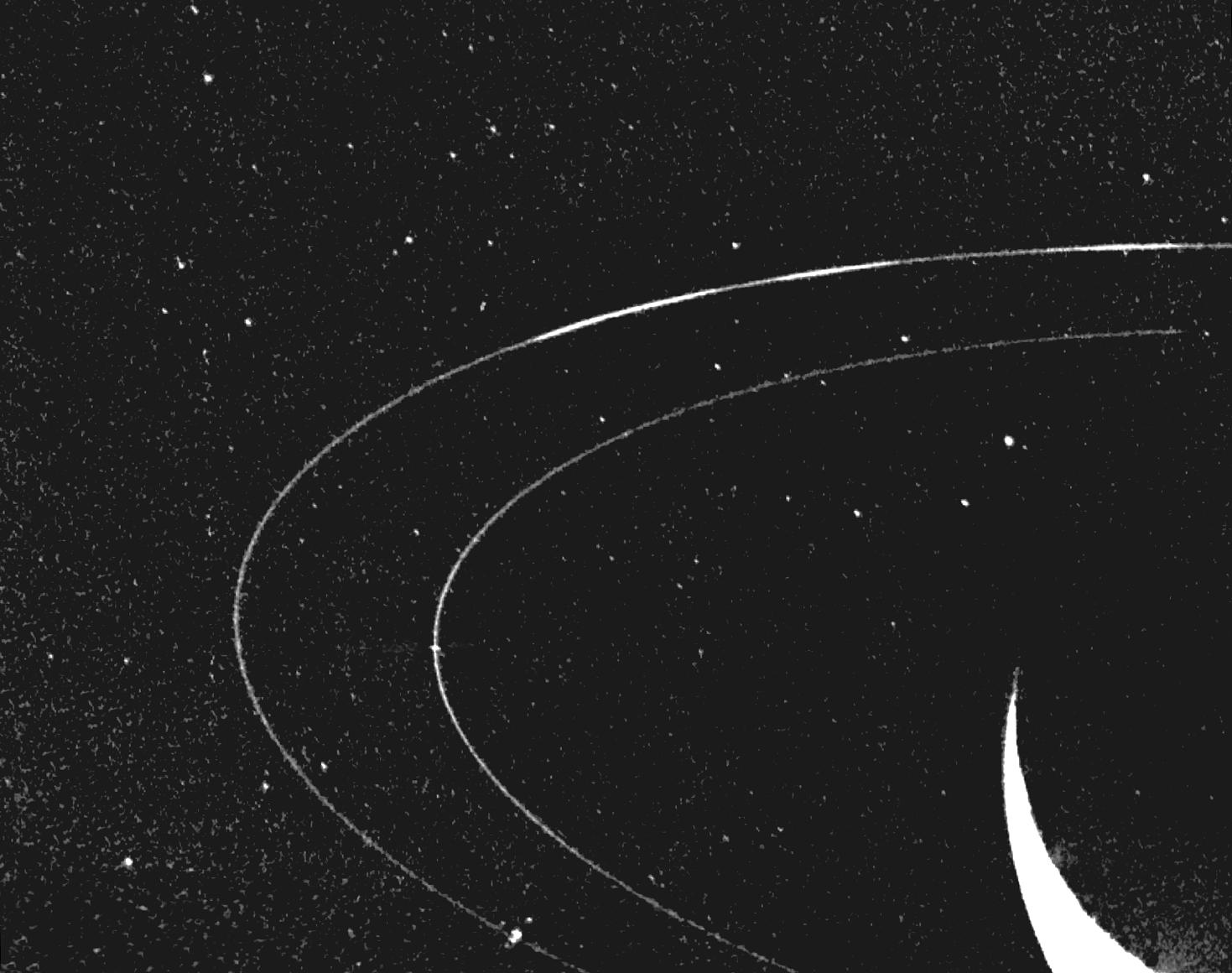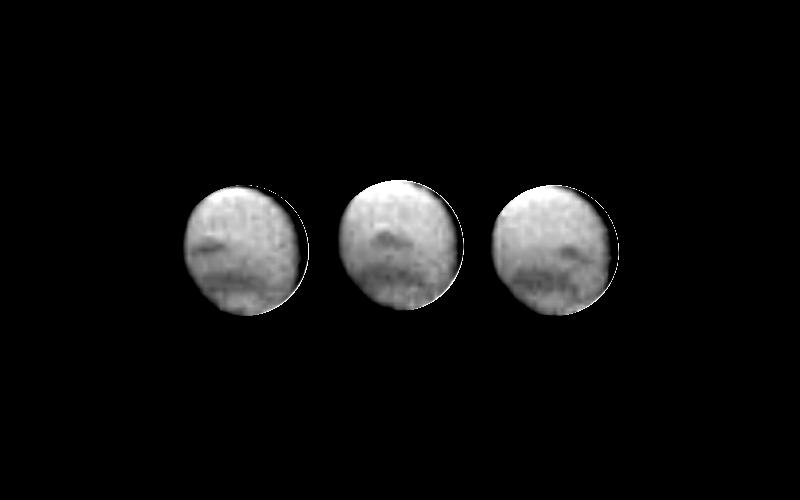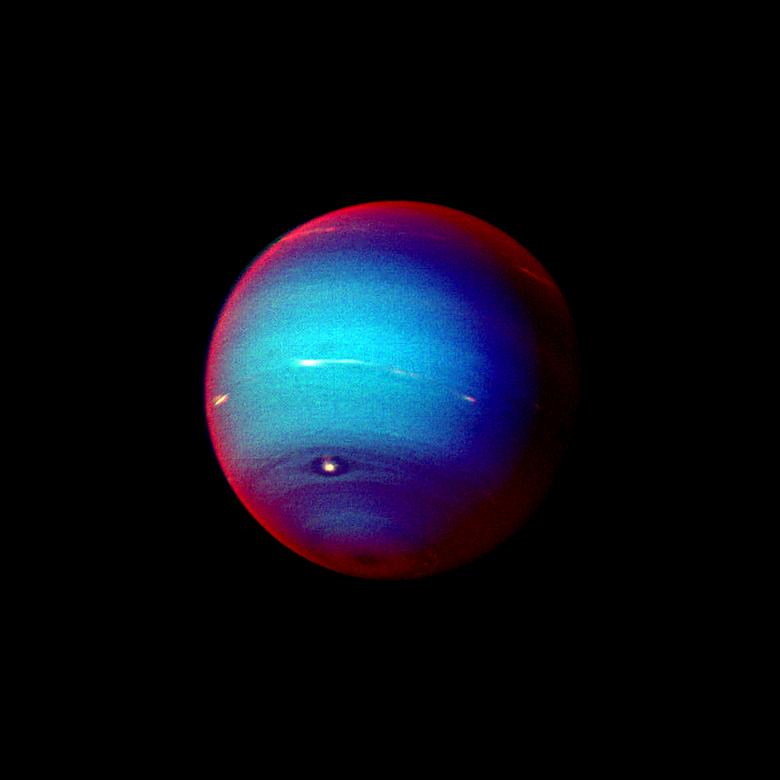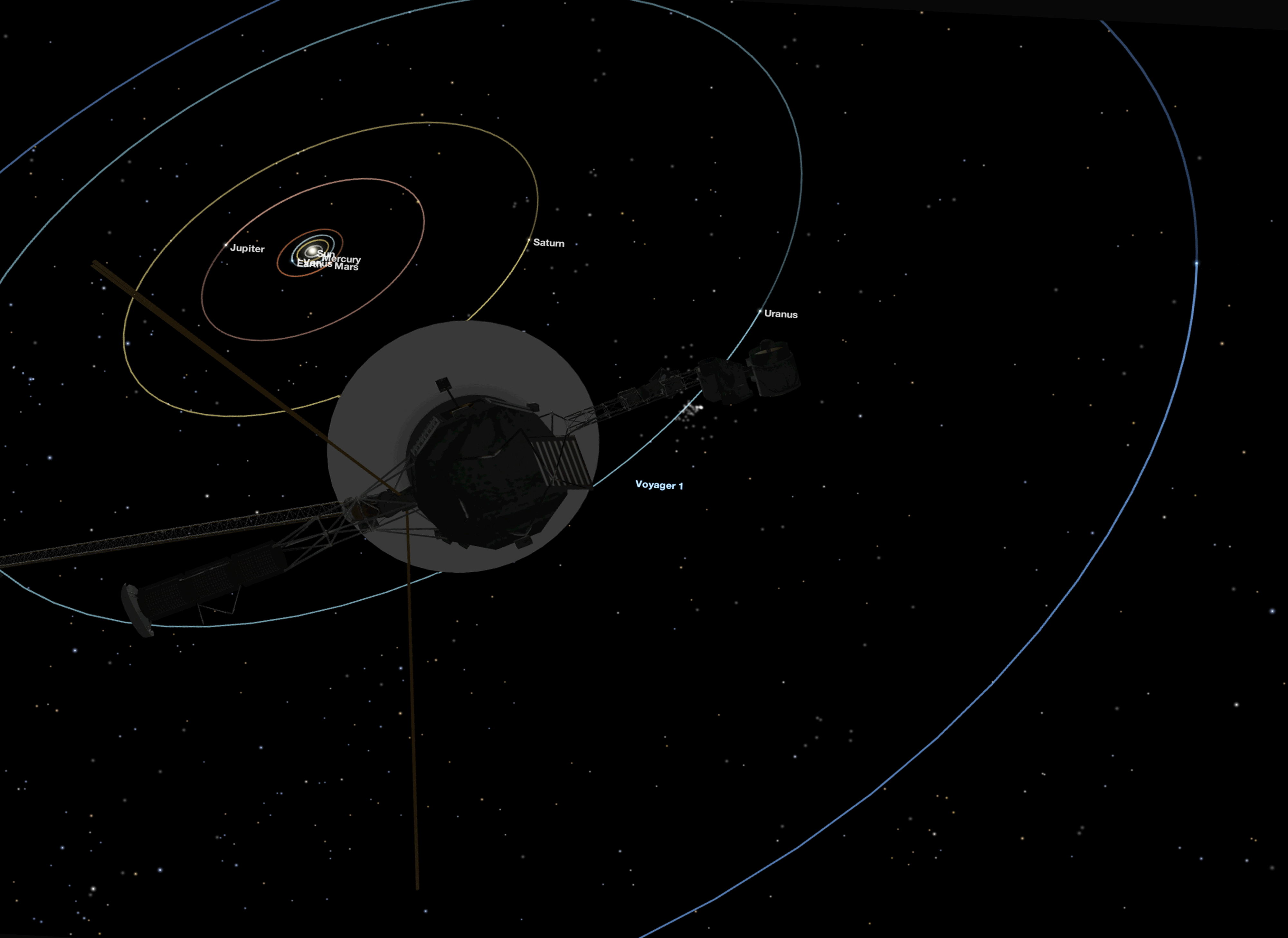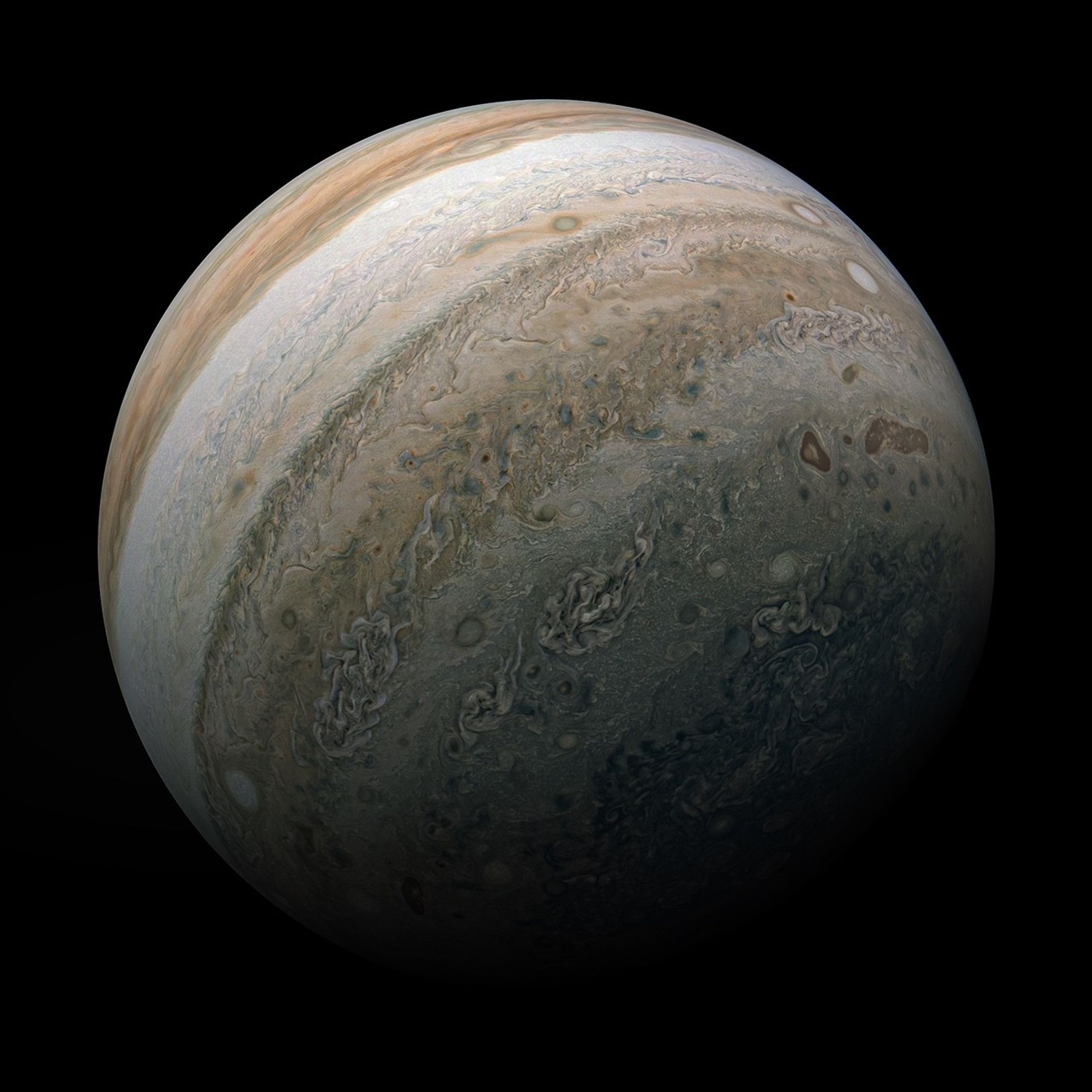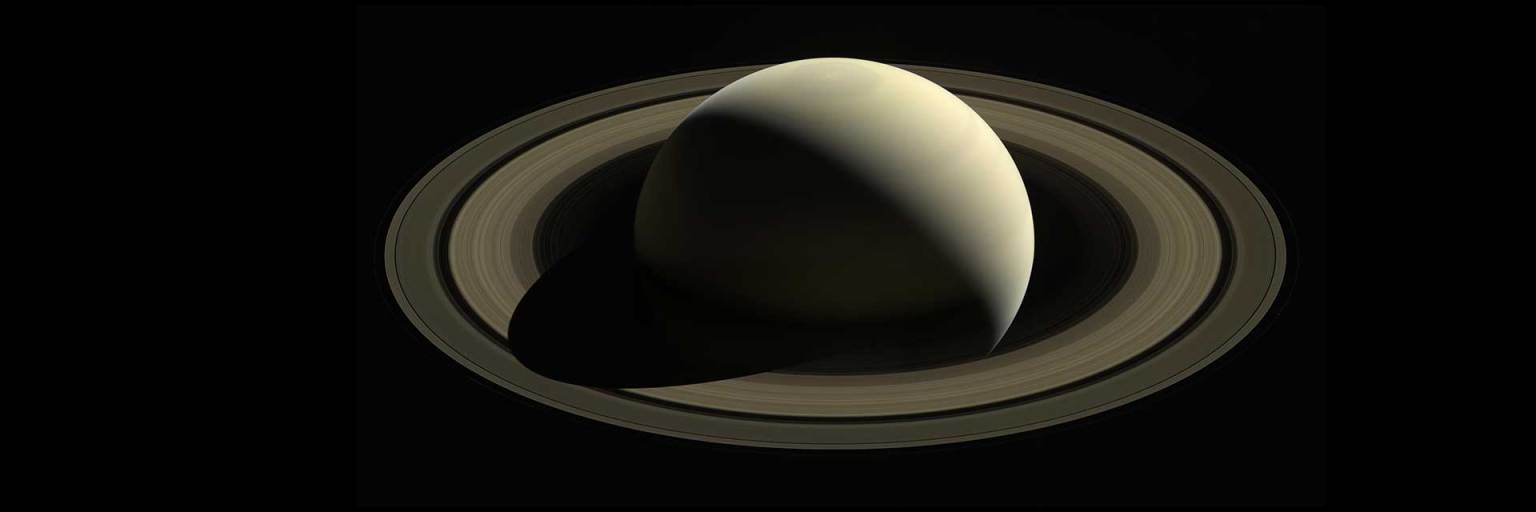Voyager 1 and 2
Images Voyager Took
The Voyager 1 and 2 spacecraft explored Jupiter, Saturn, Uranus and Neptune before starting their journey toward interstellar space. Here you'll find some of those iconic images, including "The Pale Blue Dot" - famously described by Carl Sagan - and what are still the only up-close images of Uranus and Neptune.
Pale Blue Dot
The Pale Blue Dot is an iconic photograph of Earth taken on Feb. 14, 1990, by NASA’s Voyager 1 spacecraft.
Learn More
Jupiter
Photography of Jupiter began in January 1979, when images of the brightly banded planet already exceeded the best taken from Earth.
Voyager at Jupiter
Saturn
The Voyager 1 and 2 Saturn encounters occurred nine months apart, in November 1980 and August 1981.
Voyager at Saturn
Uranus
Voyager 2 spacecraft flew past distant Uranus, the seventh planet from the Sun, in January 1986.
Voyager at Uranus
Neptune
In the summer of 1989, NASA's Voyager 2 became the first spacecraft to observe the planet Neptune up close, its final planetary target.
Voyager at Neptune
Solar System Family Portrait
This narrow-angle color image of the Earth, dubbed 'Pale Blue Dot', is a part of the first ever 'portrait' of the solar system taken by Voyager 1.

























